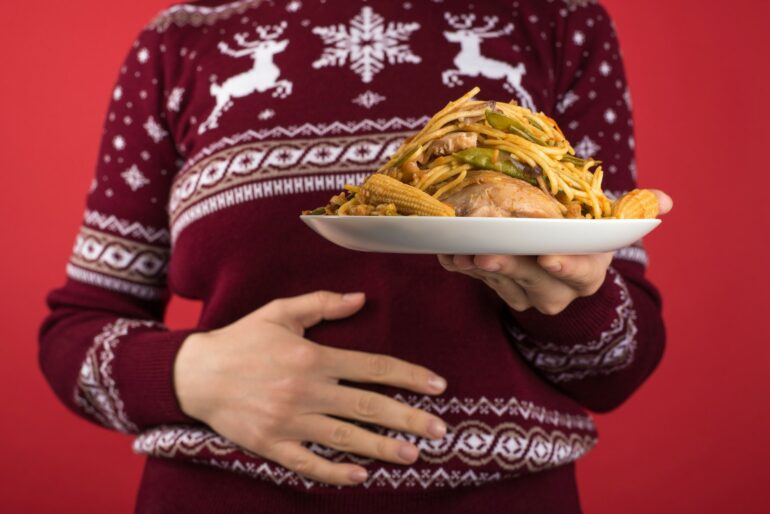The holiday season is upon us, and with it, opportunities to indulge in festive treats. The proverbial saying “you eat with your eyes first” seems particularly relevant at this time of year.
The science behind eating behavior, however, reveals that the process of deciding what, when and how much to eat is far more complex than just consuming calories when your body needs fuel. Hunger cues are only part of why people choose to eat. As a scientist interested in the psychology and biology that drives eating behavior, I’m fascinated with how the brain’s experiences with food shape eating decisions.
So how do people decide when to eat?
Eating with your eyes
Food-related visual cues can shape feeding behaviors in both people and animals. For example, wrapping food in McDonald’s packaging is sufficient to enhance taste preferences across a range of foods – from chicken nuggets to carrots – in young children. Visual food-related cues, such as presenting a light when food is delivered, can also promote overeating behaviors in animals by overriding energy needs.
In fact, a whole host of sensory stimuli – noises, smells and textures – can be associated with the pleasurable consequences of eating and influence food-related decisions. This is why hearing a catchy radio jingle for a food brand, seeing a television ad for a restaurant or walking by your favorite eatery can shape your decision to consume and sometimes overindulge.

Your senses feast on food as much as your stomach does.
Catherine McQueen/Moment via Getty Images
However, your capacity to learn about food-related cues extends beyond just stimuli from the outside world and includes the internal milieu of your body. In other words, you also tend to eat with your stomach in mind, and you do so by using the same learning and brain mechanisms involved in processing food-related stimuli from the outside world. These internal signals, also called interoceptive cues, include feelings of hunger and fullness emanating from your gastrointestinal tract.
It’s no surprise that the signals from your gut help set the stage for when to eat, but the role these signals play is more profound than you might expect.
Trust your gut
Feelings of hunger or fullness act as important interoceptive cues influencing your decision-making around food.
To examine how interoceptive states shape eating behaviors, researchers trained laboratory rats to associate feelings of hunger or satiety with whether they receive food or not. They did this by giving rats food only when they were hungry or full, such that the rats were forced to recognize those internal cues to calculate whether food would be available or not. If a rat is trained to expect food only when hungry, it would generally avoid the area where food is available when it feels full because it does not expect to be fed.
However, when rats were injected with a hormone that triggers hunger called…



